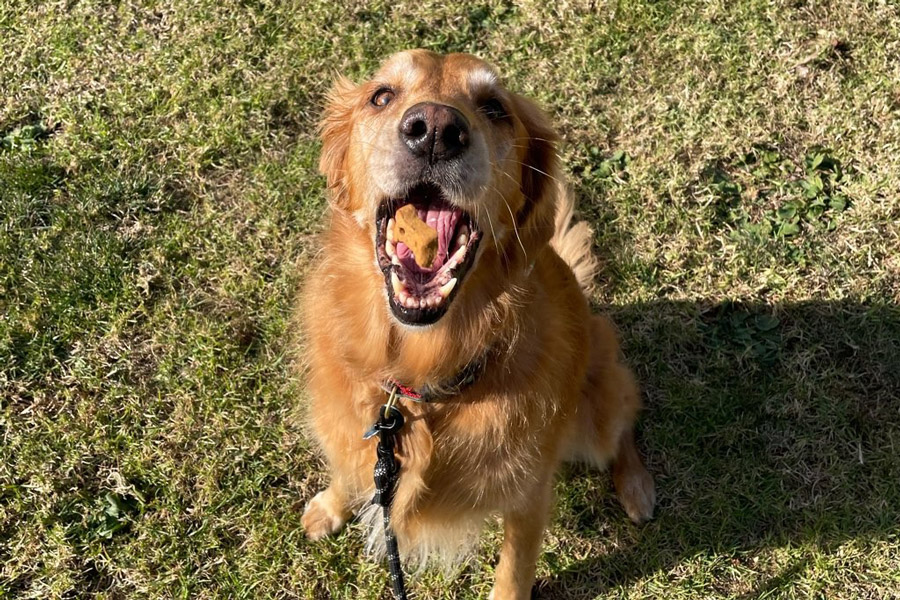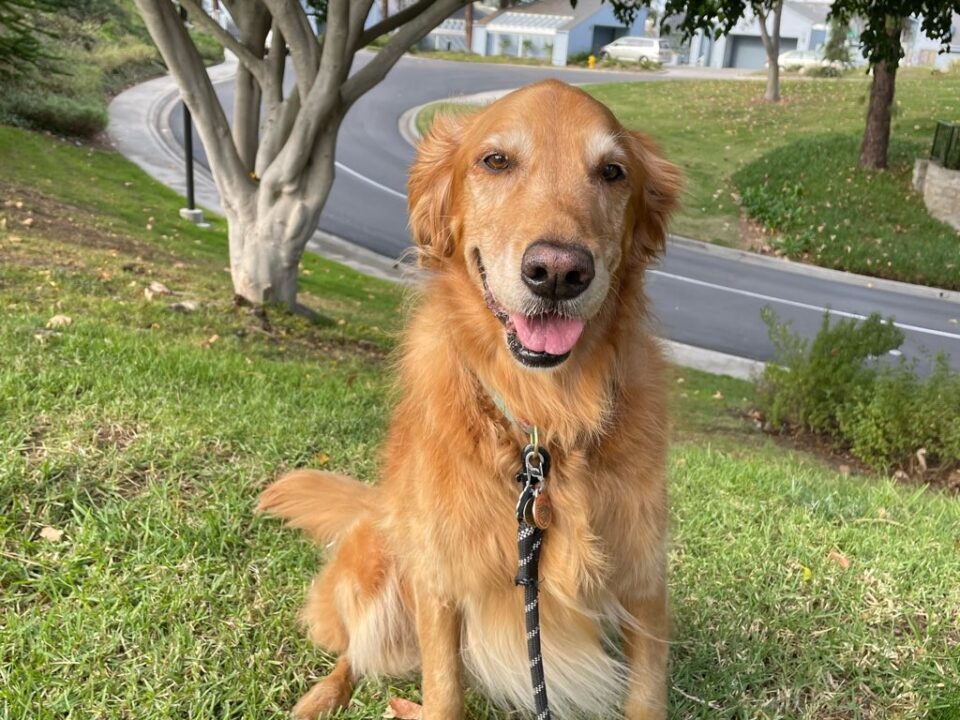A dog leash – it’s the tie that binds dogs to their owners. It turns out that even though a leash is so instinctually associated with dogs, its use and a dog’s on-leash behavior during walks is a trained skill. According to the American Kennel Club, the following tips can help your dog become accustomed to a leash and successfully walk using it.
Introduce the puppy to the collar or harness and leash: start out by letting your dog get used to wearing a collar or a harness and a leash. Wear them for short periods of time in the house while you are playing with them and giving treats. The puppy will now associate their collar and leash with food and fun.
Practice inside: With the collar and leash on, have your pup practice coming to you, but don’t hold the leash. Once your pup has mastered that, grab the leash and practice walking a few steps in a room with little distraction. Offer treats and praise as your puppy gets used to feeling and seeing the leash around them.
Take it outside: finally, you’re ready to test your puppy’s skills outside. There will be new challenges with this step because all the sounds, smells and sights your puppy encounters will be intriguing and new to them. Be patient and keep the first walks short. If your pup pulls: if your dog starts pulling in the other direction, turn yourself into “a tree.” Stand very still and refuse to move until your dog comes back to you. Do not yank or jerk the leash, and do not drag your dog along with you.

If your pup lunges: try to redirect their attention with a treat before they have a chance to lunge and increase the space between your dog and the target.
If your pup barks: use the same process as you would if your dog is lunging, as described above — create distance and offer treats before they start to bark, so every time they see a dog, they instead turn their attention to you.
Gradually, you’ll reduce the number of treats and the amount of troubleshooting your puppy needs during a walk. A trained dog walker can assist you with this process, so finding a local, trusted dog sitter or dog walker can further reinforce good leash-walking behavior.

